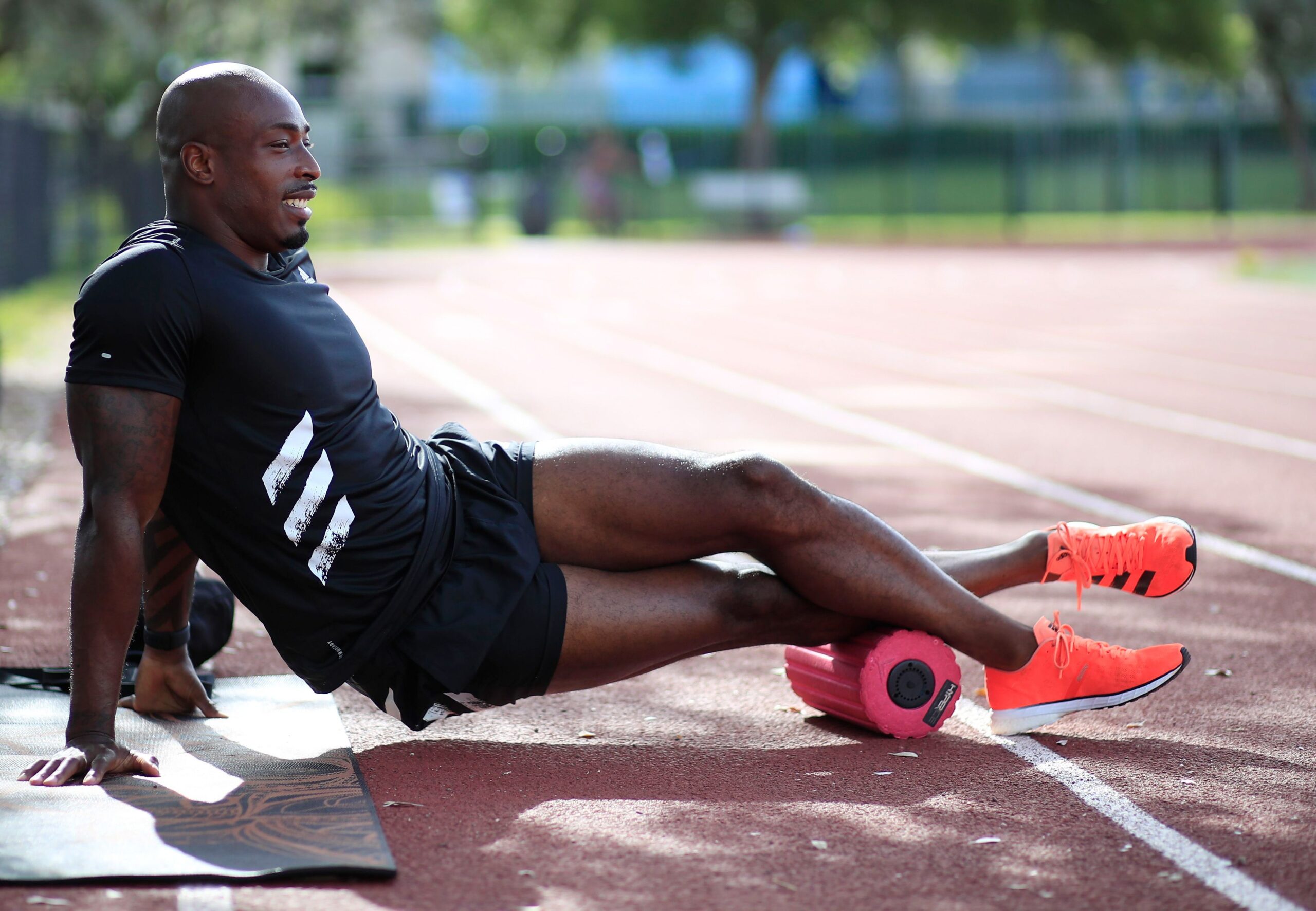The Importance of Recovery After Sprinting: Best Practices for Faster Muscle Repair

The Importance of Recovery After Sprinting: Best Practices for Faster Muscle Repair
Sprinting is a high-intensity exercise that places significant stress on the muscles. While the explosive power required for sprinting is essential for athletic performance, it’s equally important to prioritize recovery after intense training sessions. Proper recovery allows muscles to repair and rebuild, ensuring peak performance in future workouts and preventing injuries.
In this article, we will explore the best practices for faster muscle repair after sprinting, covering everything from nutrition and rest to advanced recovery techniques like foam rolling and contrast therapy.
Understanding Muscle Strain from Sprinting
Sprinting requires rapid muscle contractions, primarily engaging the quadriceps, hamstrings, and calves. These muscles experience microscopic tears during intense runs, which is a natural part of muscle growth. However, improper recovery can exacerbate these tears, leading to strains, pulls, or even more severe injuries.
What Happens to Muscles During Sprinting?
When sprinting, muscles are subjected to eccentric contractions, which occur when the muscle lengthens under tension. This action is particularly demanding on the body and can cause micro-damage to muscle fibers.
Common Injuries from Sprinting
Muscle strains, tendonitis, and shin splints are common injuries among sprinters. These injuries can often be traced back to insufficient recovery, making it crucial to allow time for muscles to heal.
Impact of Sprinting on Different Muscle Groups
Different muscles bear varying loads during sprinting. Understanding how sprinting impacts each muscle group helps in targeting recovery efforts. For instance, the hamstrings are often more vulnerable to injury due to their role in decelerating the leg.
Why Recovery Matters After Sprinting
Recovery isn’t just about resting; it’s about actively giving your body the time and resources it needs to repair and strengthen muscles. Proper recovery leads to improved performance, reduced injury risk, and overall better health.
The Role of Rest in Muscle Repair
Muscles need rest to repair the micro-tears caused by sprinting. Without adequate rest, these tears can accumulate, leading to overuse injuries.
The Consequences of Overtraining and Lack of Recovery
Overtraining can cause fatigue, increased risk of injury, and reduced athletic performance. Athletes who don’t prioritize recovery may also experience chronic muscle soreness and longer recovery times.
Psychological Benefits of Proper Recovery
Mental fatigue is a common but overlooked consequence of overtraining. Proper recovery allows athletes to recharge mentally, improving focus and motivation during workouts.Sprinting is a high-intensity exercise that places significant stress on the muscles. While the explosive power required for sprinting is essential for athletic performance, it’s equally important to prioritize recovery after intense training sessions. Proper recovery allows muscles to repair and rebuild, ensuring peak performance in future workouts and preventing injuries.
In this article, we will explore the best practices for faster muscle repair after sprinting, covering everything from nutrition and rest to advanced recovery techniques like foam rolling and contrast therapy.
Understanding Muscle Strain from Sprinting
Sprinting requires rapid muscle contractions, primarily engaging the quadriceps, hamstrings, and calves. These muscles experience microscopic tears during intense runs, which is a natural part of muscle growth. However, improper recovery can exacerbate these tears, leading to strains, pulls, or even more severe injuries.
What Happens to Muscles During Sprinting?
When sprinting, muscles are subjected to eccentric contractions, which occur when the muscle lengthens under tension. This action is particularly demanding on the body and can cause micro-damage to muscle fibers.
Common Injuries from Sprinting
Muscle strains, tendonitis, and shin splints are common injuries among sprinters. These injuries can often be traced back to insufficient recovery, making it crucial to allow time for muscles to heal.
Impact of Sprinting on Different Muscle Groups
Different muscles bear varying loads during sprinting. Understanding how sprinting impacts each muscle group helps in targeting recovery efforts. For instance, the hamstrings are often more vulnerable to injury due to their role in decelerating the leg.
Why Recovery Matters After Sprinting
Recovery isn’t just about resting; it’s about actively giving your body the time and resources it needs to repair and strengthen muscles. Proper recovery leads to improved performance, reduced injury risk, and overall better health.
The Role of Rest in Muscle Repair
Muscles need rest to repair the micro-tears caused by sprinting. Without adequate rest, these tears can accumulate, leading to overuse injuries.
The Consequences of Overtraining and Lack of Recovery
Overtraining can cause fatigue, increased risk of injury, and reduced athletic performance. Athletes who don’t prioritize recovery may also experience chronic muscle soreness and longer recovery times.
Psychological Benefits of Proper Recovery
Mental fatigue is a common but overlooked consequence of overtraining. Proper recovery allows athletes to recharge mentally, improving focus and motivation during workouts.


